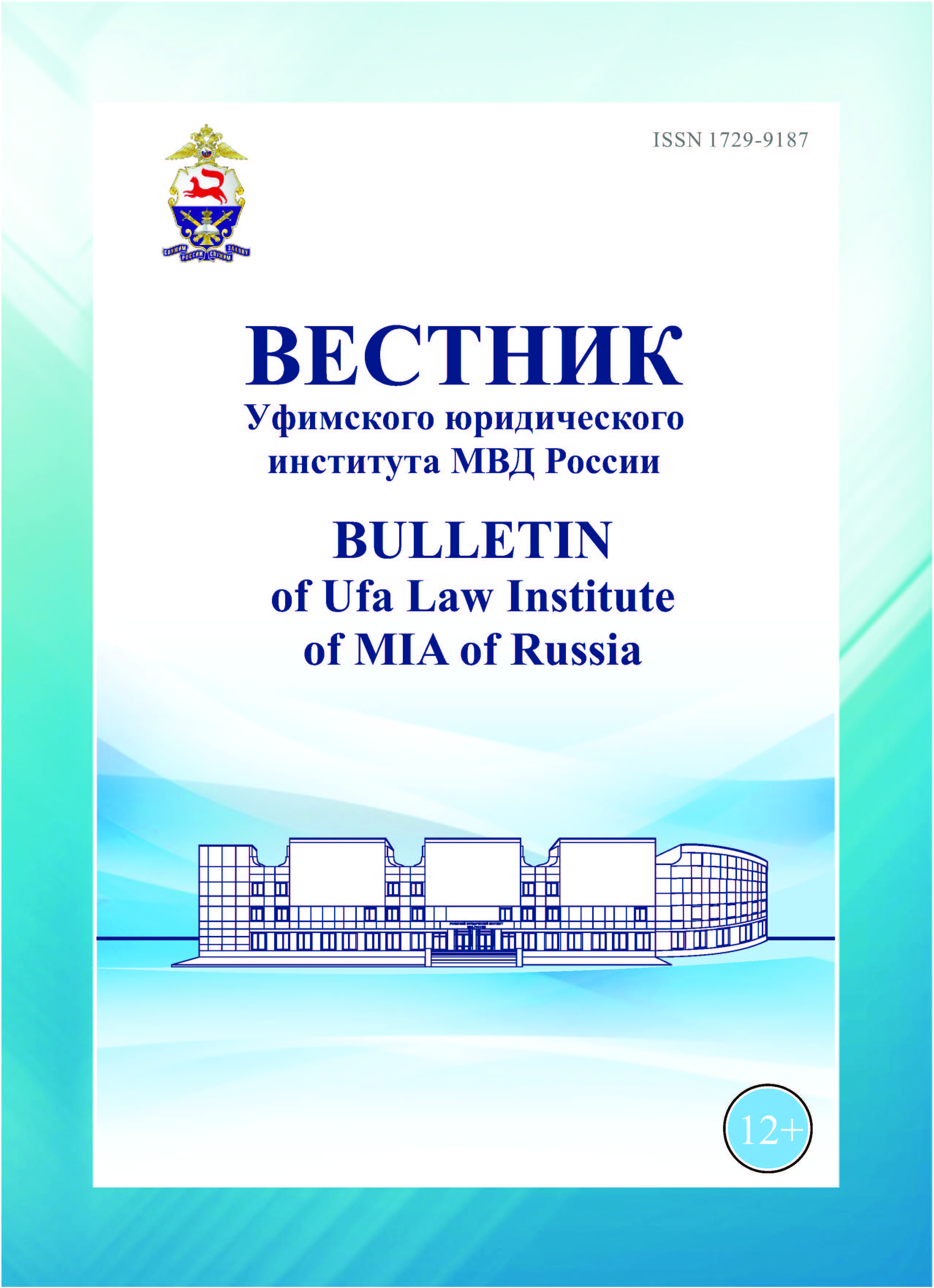Ufa, Russian Federation
from 01.01.2015 until now
Russian Federation
UDC 81
This article examines the non-verbal manifestation of emotions in the communication process based on the material of the novel by W. S. Maugham “Theatre”. A number of interpretations of the concept of “emotion” are given. The non-verbal side of human communication is considered in detail, including in comparison with verbal communication, and its strengths are indicated. The importance of gestures, facial expressions, tone of voice and poses in transmitting information about a person’s condition is emphasized. The visual, tactile-kinesthetic and acoustic varieties of non-verbal behavior are described, through which emotions of joy, sympathy, sadness and contempt are expressed. Non-verbal means such as a smile, a glance, various gestures, a sigh, a handshake and hugs marking the emotional state of the characters are analyzed. In conclusion, the importance of nonverbal communication research for understanding the characters and their inner world is emphasized.
emotion, non-verbal communication, visual methods, tactile-kinesthetic methods, acoustic methods
1. Bogdanov V. V. Functions of verbal and nonverbal components in speech communication // Linguistic communication: Units and regulations: interuniversity collection of scientific papers. Kalinin : Kalinin Publishing House, State University, 1987. P. 18–26. (In Russ.)
2. Volek B. A. Typology of emotive signs // Language and emotions: Collection of scientific papers. VSPU. Volgograd: Peremena, 1995. P. 15–24. (In Russ.)
3. Wierzbicka A. Emotions across languages and cultures: Diversity and universals. Paris: Cambrige University Press, 1999. 349 p.
4. Zueva E. A. Verbalization of paralinguistic acts in the literary text of modern German literature: abstract of the dissertation of Candidate of Philological Sciences. Belgorod, 2005. 19 p. (In Russ.)
5. Golovanova I. A. Interpretation of the behavior of literary characters within the framework of the theory of nonverbal semiotics // Bulletin of Novosibirsk State University. Series: History, philology. 2006. Vol. 5. Issue. 2. P. 86–95. (In Russ.)
6. Ivanova Yu. V. Paralinguistic elements of a literary text: based on the material of French prose of the XX–XXI centuries: dis. cand. philol. sciences. Smolensk, 2009. 357 p. (In Russ.)
7. Andrianov M. S. Nonverbal communication: psychology and law: monograph. Moscow: Institute of General Humanitarian Research, 2007. 250 p. (In Russ.)
8. Morozov V. P. Nonverbal communication: Experimental psychological research. M.: Institute of Psychology of the Russian Academy of Sciences, 2011. 528 p. (In Russ.)
9. Labunskaya V. A. Nonverbal behavior (socio-perceptual approach). Rostov-on-Don: Rostov University Press, 1986. 136 p. (In Russ.)
10. Sepir E. Selected works on linguistics and cultural studies. M.: Progress, 1993. 630 p. (In Russ.)
11. Pershina N. A. Tactile-kinesthetic signs of nonverbal communication: perception, understanding and use: monograph. Biysk: BPSU named after V. M. Shukshin, 2008. 360 p. (In Russ.)
12. Shingarov G. H. Emotions and feelings as forms of reflection of reality. M.: Nauka, 1971. 124 p. (In Russ.)
13. Vinokur T. G. Speaking and listening. Variants of speech behavior. M.: Nauka, 1993. 172 p. (In Russ.)
14. Klimasheva O. V. Methods of linguistic representation of non-verbal components of communication in the text: an experimental study: abstract of the dissert…. of cand. of Philology. M., 2012. 23 p. (In Russ.)
15. Syuy M. The role of non-verbal communication in A. P. Chekhovʼs story “Chameleonˮ // Litera. 2023. No. 1. P. 11–18. (In Russ.)
16. Izard K. E. Human emotions. M., 1980. 439 p. (In Russ.)









